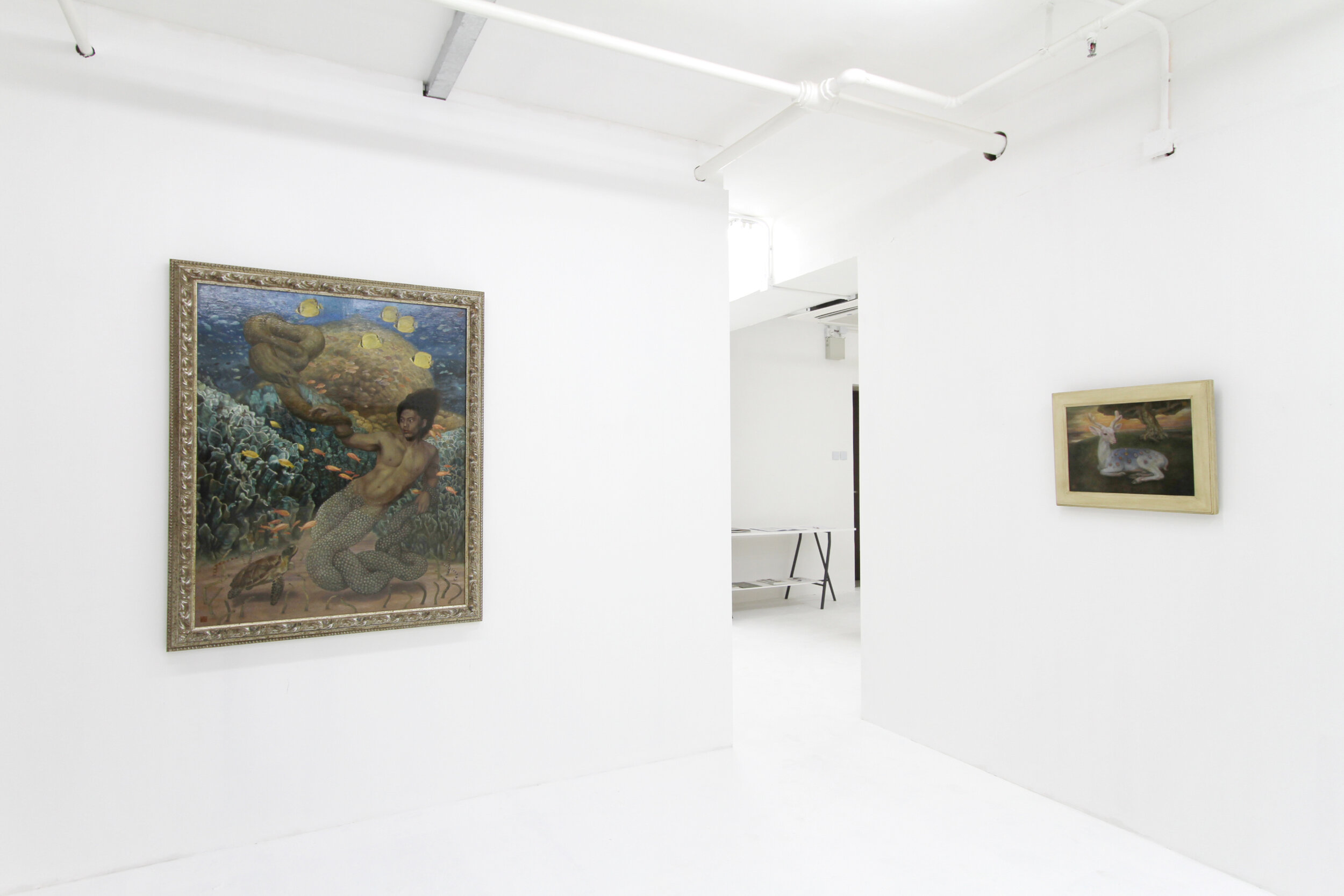Toru Kamei 亀井徹
Toru Kamei was born in Tokyo in 1976. He graduated from the Nihon University College of Art with a degree in fine arts and has exhibited his works at the Fukushima Biennale (2008) and the 5th Busan Biennale (2010) as well as at several distinguished galleries in Japan including Gallery Naruyama and Gallery Gyokuei.
Kamei’ s works are based on the traditional model of still life painting established in medieval Europe referred to in art history terms as vanitas that represent “allegories of the emptiness of earthly life” . Vanitas paintings feature skulls that serve as a metaphor for the certainty of death, clocks that signify a limited amount of time, and rotting fruits placed within a variety of still lifes that represent affluence and luxury. They are commonly interpreted as having the intended effect of evoking within the viewer the transience of vanity; by implanting a unique world of fantasy into this style of painting, Kamei realizes a new modality of painting that surpasses historical constraints.
For instance, Omowaku, a therianthropic self-portrait that makes an attempt at self-mythologization, is a piece that powerfully expresses the young, lustrous nature of life against the backdrop of mythology. The symbolic piece Tsubaki, depicting a woman casting a vacant gaze surrounded by camellias, succeeds at evoking within viewers many different narratives in regards to the flower petals that scatter ephemerally from her hands. In a new piece, Kachū-tachi, Kamei paints a skeleton lying amongst flowers with eyeballs and fluttering butterflies, pregnant with a mysterious view on life.
In regards to his works, Kamei says, “I borrow figures that have form in an effort to privately and symbolically express the world of the subconscious, the formless sensations, feelings, and emotions that constitute the state of the mind and spirit,” and comments that his works are “an escape from reality, an accumulated disconnection to reality.” In Kamei’ s works, born out of a sincere vision, we can certainly empathize with a sense of beauty that goes beyond time and tradition.







